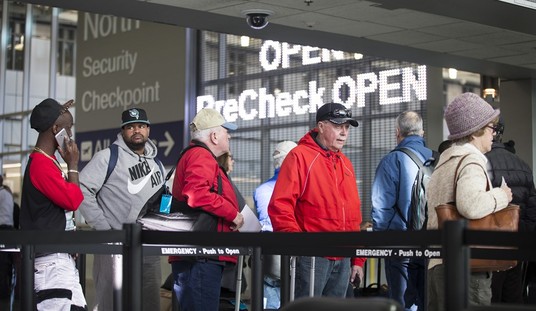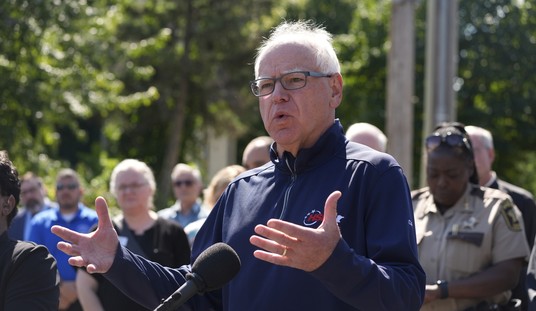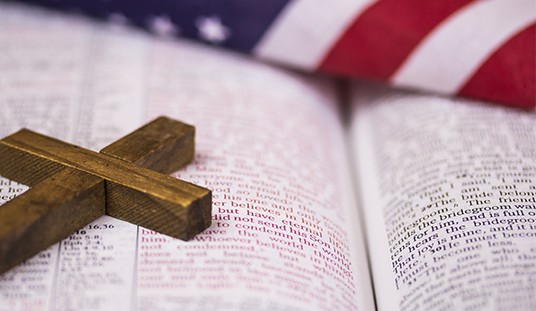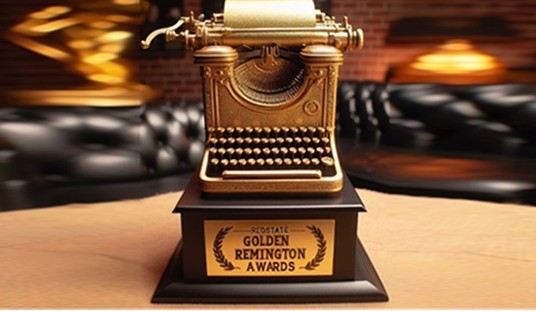The American Civil War was famous for many things, but one of them was the advent of repeating rifles, or those arms that the Confederates complained allowed the Yankees to “load their rifle on Sunday and shoot at us all week.” That’s a bit of an exaggeration, of course. Still, to a soldier carrying a single-shot muzzle-loader, the capability of any repeater in the hands of an enemy is enough to make one maladjusted.
A rather famous example of a Civil War repeater is the Henry, as that’s understandable. The Henry is, after all, the forerunning of the 1866 Winchester and the later 1873 Winchester – the Gun that Won the West – and all of the later, famous Winchester lever guns. But there is another repeater that saw a lot of action in the Civil War, that being the Spencer – and what’s even more interesting, you can buy a new one, today!
Christopher Miner Spencer
Christopher Spencer was born in Manchester, Connecticut, in 1833, and for a time worked in Sam Colt’s New Hartford factory, where he learned the gun-making trade. Young Spencer was a prolific inventor, making not only guns but also a steam-powered “horseless carriage,” and the first fully automatic turret lathe. He also invented the first slide-action shotgun, although the shotgun never saw much commercial success, leaving it to the Maestro, John Browning, to invent the first really commercially successful pump shotgun.
But if the name “Spencer” brings anything to mind among American shooters and gun collectors, it is the lever-action Spencer rifle, and the rimfire cartridges they fired.
The Rifle
In 1860, the Spencer Repeating Rifle Company introduced the Spencer lever-action rifle and carbine. This was the first commercially produced repeating rifle, and immediately caught the attention of soldiers and some in the War Department, especially since war was on the horizon. These days, we American shooters are used to a certain layout in a lever gun; most modern lever guns, with a few exceptions like the Browning Lever Rifle (BLR,) the Winchester 88, and the Savage 99, have several things in common:
- A fixed tubular magazine under the barrel.
- An action operated by a finger lever that makes up part of the trigger guard.
- An external hammer that is cocked during the cycling of the action.
See Related: Sunday Gun Day XLIV - Five Great American Guns
The Spencer had a tubular magazine. Its 7-round tubular magazine was not fixed in place, but was removed for loading and then re-inserted – into the stock. The action was a modified falling block that, when fired, required the shooter to move the finger-lever forward, ejecting the spent casing, and levering a new round into the chamber from the rear-mounted magazine. Then the shooter had to close the lever and manually cock the side-mounted hammer to recommence operations.
 The Spencer had a couple of good points as a martial rifle. It could be reloaded without standing up, which was an advantage; reloading while prone was awkward but possible. Its counterpart, the Henry, loaded from the front of the fixed magazine, which was also awkward in the prone. And, of course, rate of fire; most infantrymen you'll find like being able to send lots of lead downrange fast.
The Spencer had a couple of good points as a martial rifle. It could be reloaded without standing up, which was an advantage; reloading while prone was awkward but possible. Its counterpart, the Henry, loaded from the front of the fixed magazine, which was also awkward in the prone. And, of course, rate of fire; most infantrymen you'll find like being able to send lots of lead downrange fast.
The Spencer (like the Henry) quickly gained a following. The Union Army’s primary weapon remained the 1861 Springfield rifle-musket, a .58 caliber single-shot muzzle-loader. Before 1863, most of the troops using Spencer rifles or carbines, one George Armstrong Custer among them, purchased their own arms and ammunition.
The Springfield had one big advantage over both the Henry and Spencer: It was powerful and, by the standards of that black-powder era, had a long effective range. The rimfire rounds used in the Henry and Spencer rifles were not quite so powerful.
The Cartridges
The first cartridge used in the Spencer was the proprietary .56-50 Spencer, a copper-cased rimfire round and, interestingly, the only commercially produced cartridge to obtain its name from the case diameter at the case base just forward of the rim, 56/100ths of an inch, and the case diameter at the case mouth, which was also 56/100ths of an inch. .56-52, .56-50, and .56-46 versions were later introduced.
The .56-56 Spencer round launched a 350-grain round-nosed bullet at a sedate 1,200 feet per second, producing 1,125 foot-pounds of energy at the muzzle. That makes for a good, short-range deer cartridge. For a battle rifle cartridge, it’s on the weak side.
But in the Civil War, the Spencer’s rate of fire made up for the rather weak cartridge.
Deployments
In 1861, the War Department’s Ordnance chief was one General Ripley, an old wreck from the War of 1812, who worried that a repeating rifle would place too great a burden on the Union Army’s logistics train, not to mention that soldiers would shoot too fast and use up too much ammo. He wasn’t sanguine about the use of the Spencer in the current war against the Confederacy and so refused to consider the Spencer. Not one to be easily deterred, in 1863, Christopher Spencer wrangled an appointment with the Commander-in-Chief, Abraham Lincoln; we can imagine the conversation that ensured:
Spencer: “Mr. President, I have a repeating rifle I’d like to show you.”
President Lincoln: “I’d like to see it.”
The two went out on a shooting expedition on the White House lawn (!), after which Lincoln, impressed with the Spencer, ordered Ripley to purchase a supply of the repeaters. Ripley ignored the order; Lincoln fired him, and in due course, Union troops started seeing Spencer's rifles and carbines in the supply chain.
See Related: Sunday Gun Day Vol. II Ep. IV - Five Great Infantry Rifles
In the field, the Spencer proved to have a few other advantages: It was capable of a sustained rate of fire of 20 rounds per minute – modest by today’s standards but impressive in 1863. Further, the ammunition for the Spencer was waterproof, which couldn’t be said for the paper cartridges and separate musket caps in use for the Springfield.
The Spencer saw action in several major battles, including the actions around Gettysburg, and the following Battle of Hanover, where much of General Custer’s cavalry were equipped with Spencer carbines.
This was the genesis of the US Army’s love of high rate of fire, allowing troops to engage in accuracy by volume, the better to un-alive one’s opponents on the wholesale level.
Today
Best of all – thanks to the creative reproduction-gun folks at Chiappa, you can still buy a brand-new Spencer today, chambered for the tough .45 Colt revolver cartridge, as well as the .44 Russian, the .44WCF (.44-40), and an updated centerfire version of the 56-50 Spencer.
I’ve been in the market for a short, lever-action carbine in .45 Colt to serve as a counterpart to my .45 Colt wheelguns. There are a lot of such guns on the market, from Chiappa and other manufacturers. You can find a replica Henry, 1866 or 1873 Winchester, or the famous 1892 Winchester favored by none other than John Wayne. Winchester – or, at least, the company that has attained the ability to use the Winchester name – even makes new versions of some of these guns, although they are burdened with the silly mechanical safeties that are the result of legal pettifoggery and are of little use on a gun with an external hammer.
But everyone who wants a revolver-caliber lever gun seems to go for these. The Spencer replica from Chiappa, while a little pricier, is also a little unusual. That’s appealing. And a modern Spencer, with modern metallurgy and tolerances, should be able to handle the loads I run through my sixguns.
The Spencer was an unusual piece. The pattern didn’t last, with newer lever guns mostly following the Henry-Winchester form, but the Spencer had the one essential characteristic of a martial shoulder arm – it worked. And it’s still working, today, over a century-and-a-half after Christopher Spencer walked into the White House, rifle in hand, to talk to a worried wartime President Lincoln.














